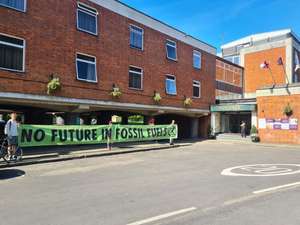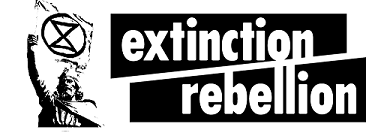Why expanding M3 J9 is a bad idea

INDUCED DEMAND
Road congestion costs the UK economy billions a year and impacts on our health and wellbeing. We cannot build our way out of congestion with more and bigger roads because of a phenomenon called ‘induced traffic’. This means that the more road capacity we create, the more traffic uses it. This ’extra’ traffic means that the predicted congestion benefits of a new road are often quickly eroded.
Traffic levels on expanded roads can also rise faster than expected due to induced traffic, all of which means the hoped-for benefits of a new road can evaporate very quickly. The only way to reduce congestion is to have fewer cars on the roads. – The Campaign for Better Transport.
CLIMATE CHANGE
Transport can’t be decarbonised in time to meet the 1.5°C warming target outlined by the UN climate science panel last year. There is a very clear message – if we are serious about the Paris agreement we have to reduce the demand for transport too. - Tyndall Centre for Climate Change Research in Manchester
Even if there is an early transition to an all-electric vehicle fleet, and effective action to reduce emissions from conventional vehicles, it is highly likely we will also need to reduce miles driven by all vehicles… the necessary mileage reduction could be as low as 20% or as high as 60%. - Transport for Quality of Life for Friends of the Earth Briefing
LAND CLEARANCE
Many studies have documented how roads affect wildlife populations and their ability to persist locally or even at a larger landscape scale. Some of the mechanisms for these impacts range from habitat loss and fragmentation to disrupting animal movement and road-related mortality. Mortality and habitat fragmentation are considered to be the greatest threat by far to maintaining wildlife populations.
The plans from National Highways comprehensively fail to address the urgency of improving our natural environment, instead, they will erode both Winnall Moors and the South Downs National Park. This will inevitably result in damage to wildlife and further increase pressure on our chalkland streams.
EMBODIED CARBON
All transport infrastructure generates carbon emissions in its construction, maintenance and operation. This hidden carbon cost, known as embodied emissions, can be significant. The emissions from construction are unlikely to be paid back by operational improvements. In some cases, increased use of the road will also worsen the emissions burden. - Engineering and Physical Sciences Research Council (EPSRC)
AIR POLLUTION
Air pollution is responsible for tens of thousands of UK deaths each year and children exposed to air pollution are at risk of life-limiting health problems. Switching away from petrol and diesel to cleaner fuels is helping to improve air quality but will not entirely solve the problem. Because much particulate matter doesn’t come from a car’s tailpipe, we also need to reduce the number of cars on our roads, yet the electric revolution is expected to do the opposite and add even more cars to the roads. - The Campaign for Better Transport.
COST
The M3 junction 9 scheme may cost over £200m which could, for example, buy over 400 electric buses or build 75 miles of segregated cycleway. These measures would transform travel in Hampshire, reducing road congestion and most importantly reducing our carbon footprint, of which a staggering 60% (in Winchester) already comes from transport. Moreover, if sums like this were diverted from road schemes up and down the country, we could fundamentally transform travel across the whole country, making a huge contribution towards reducing our carbon emissions.
